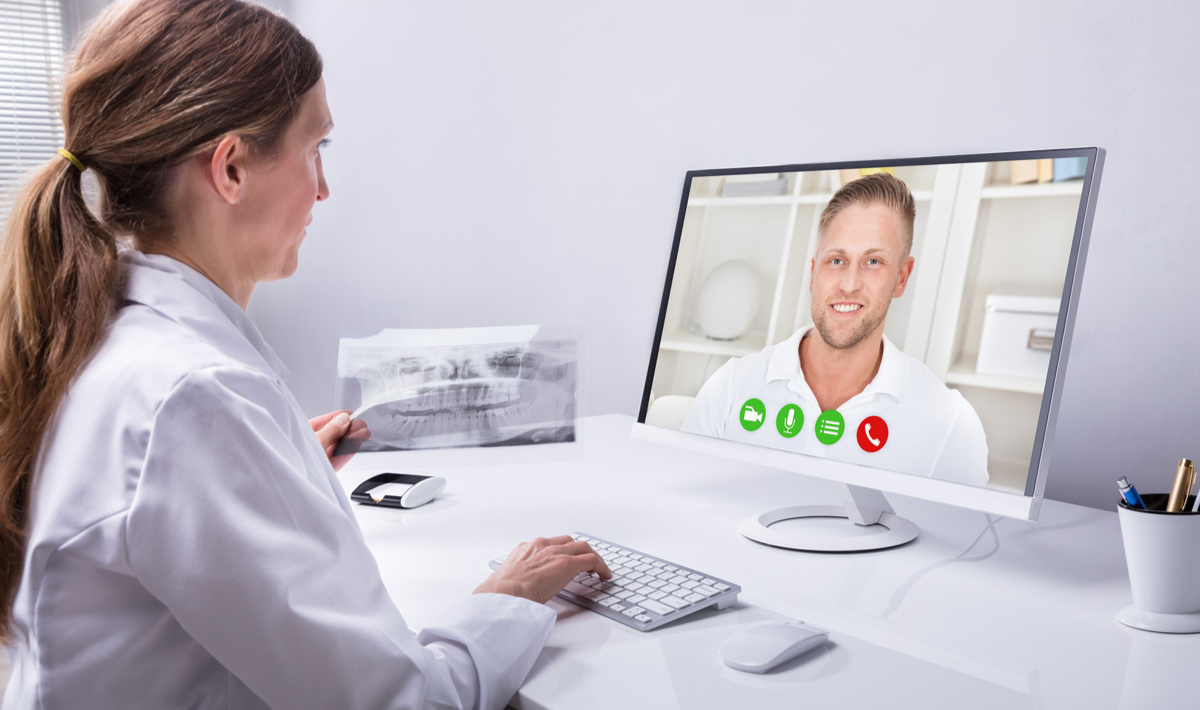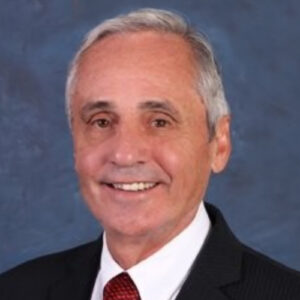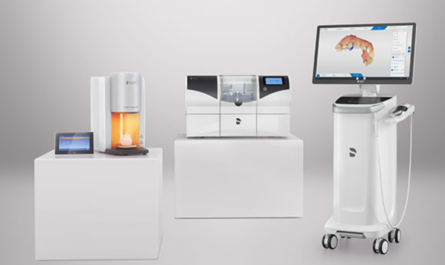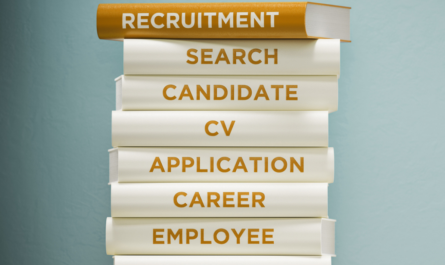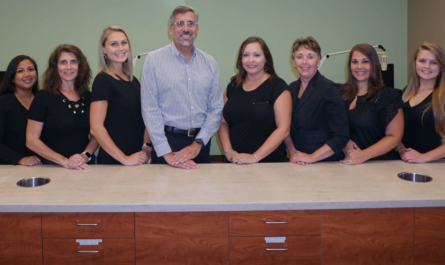6 ways dentists are increasing income, efficiency, and practice value with teledentistry.
By Dr. William Jackson
Are dentists ready to integrate teledentistry into their routine delivery of care? “Yes,” according to a CareQuest survey. Last year, on the heels of the pandemic, 85% of respondents agreed they saw the value.
But that survey was from over a year ago with pressure from the pandemic. What about now?
Understandably, most dentists want to put the shutdown behind them, and the mention of teledentistry is an uncomfortable reminder of a painful time, from which many are still trying to recover. One recent comment seems to sum up a widespread industry feeling: “Teledentistry keeps patients OUT of the office. Right now, I want them IN.”
Nonetheless, the genie is out of the bottle, and the change is inevitable. Even if most dentists would rather it disappear, patients will drive the change. Consider:
- 52% of patients said they would have gone to another city to see a dentist if they hadn’t used teledentistry.
- 42% of patients said they were able to avoid unnecessary time off from work because of teledentistry.
- 28% said they would have needed to find childcare to go to an unnecessary in-office appointment.
In other words, patients are attracted to offices offering teledentistry. Whether teledentistry is the initial point of contact or the avoidance of unnecessary travel or a myriad of other reasons, practices offering a coordinated teledentistry strategy will have a competitive advantage. In fact, early adopters are already seeing advantages over waiting or ignoring.
There are many, but here are 6 ways dentists are using teledentistry today to increase revenue and operational efficiencies.
To start, though, it is important to point out that there are inexpensive, comprehensive solutions for the following. Don’t make the mistake of trying to reinvent the wheel by cobbling together a series of ineffective approaches.
1. Combining asynchronous (recorded) and synchronous (real time) communications to send the right communication at the right time. For example, for a patient who is reluctant to come to the office (maybe COVID, maybe anxiety, maybe procrastination), send a link to an empathetic, personalized recording of the dentist, office manager, or treatment coordinator, etc. stating you understand the concerns, and if the patient is more comfortable, allow him or her to schedule a short videoconference for a quick evaluation or discussion. This is convenient and easy for the patient and may require almost no dentist time. Six out of ten individuals who had a teledentistry visit subsequently had a problem-focused evaluation at their next in-person visit, i.e., a high return on a small investment. This approach works equally well on potential new patients and overdue existing patients.
2. Eliminate unnecessary office visits. The best example of this is a post-op appointment. Aligner visits (and other ortho services), which can take just minutes if there is no problem, also fall into this category.
3. Minimize unnecessary in-office waits. How many patients have become irritated waiting for the dentist, who is perhaps behind schedule, to do a quick exam when no further treatment is required? Especially if no detailed discussion is required, why not schedule a later videoconference or send a secure link to a video recording? Technology exists that allows you to embed images, etc. into a video recording “postcard.” Current oral health status can be reviewed and illustrated within minutes, and the patient can review the results at their convenience. Besides a patient who is appreciative of your respect for their time, other benefits include a more efficient use of PPE and more open operatories.
4. Participate in a virtual network. Several dentists have picked up a side-gig doing virtual consultations in their spare time.
5. Expand your presence within the community. An inexpensive imaging device and the appropriate teledentistry software can remotely connect you to local senior facilities, school nurses, home healthcare workers, etc., i.e., anyone who works with patients remotely. The most common question is, “Is this a problem?” Remember,
6 out of 10 individuals who had a teledentistry visit subsequently had a problem-focused evaluation at their next in-person visit.
6. Better ROI than the expense of a 2nd practice. Virtual dental home (VDH) is a name given to the mobile care delivery model of hygienists delivering preventive services and gathering diagnostic records for later review by a dentist at workplaces, senior homes, schools, etc. Patients requiring in-office work are referred. In one example, just before the shutdown, a hygienist, employed by a local dentist, set up a mobile “pop-up” operatory on-premises at a nearby business. With minimal advertising, two full days of hygiene were easily booked. The dentist, via secure live streaming, briefly introduced herself to each patient. “I’m Dr. Shamar. I’ll review your X-rays and records later today and let you know what I see. My office is only two blocks away from where you work, and if you have any friends looking for a dentist, please let them know.” Two full days of hygiene and 20 new patients with very little marketing effort.
Besides these 6 examples leveraging teledentistry to increase their income and practice value, dentists have begun to recognize how teledentistry is much more than one-on-one video conferencing. It is a new way to communicate with patients – and even colleagues – that can broaden the scope and convenience of interactions.
William Jackson, DDS, is the cofounder and COO of Virtual Dental Care Inc., a telehealth technology company founded in 2016. The company’s flagship software, Teledentix, helps clients such as Onsite Dental, Virtudent, and Arch Orthodontics increase patient participation and streamline communications. Online appointment booking, virtual visits, referrals, and networking capabilities are some of the tools offered by Teledentix. For more information about Teledentix or to contact Dr. Jackson, visit get.teledentix.com or email [email protected].


